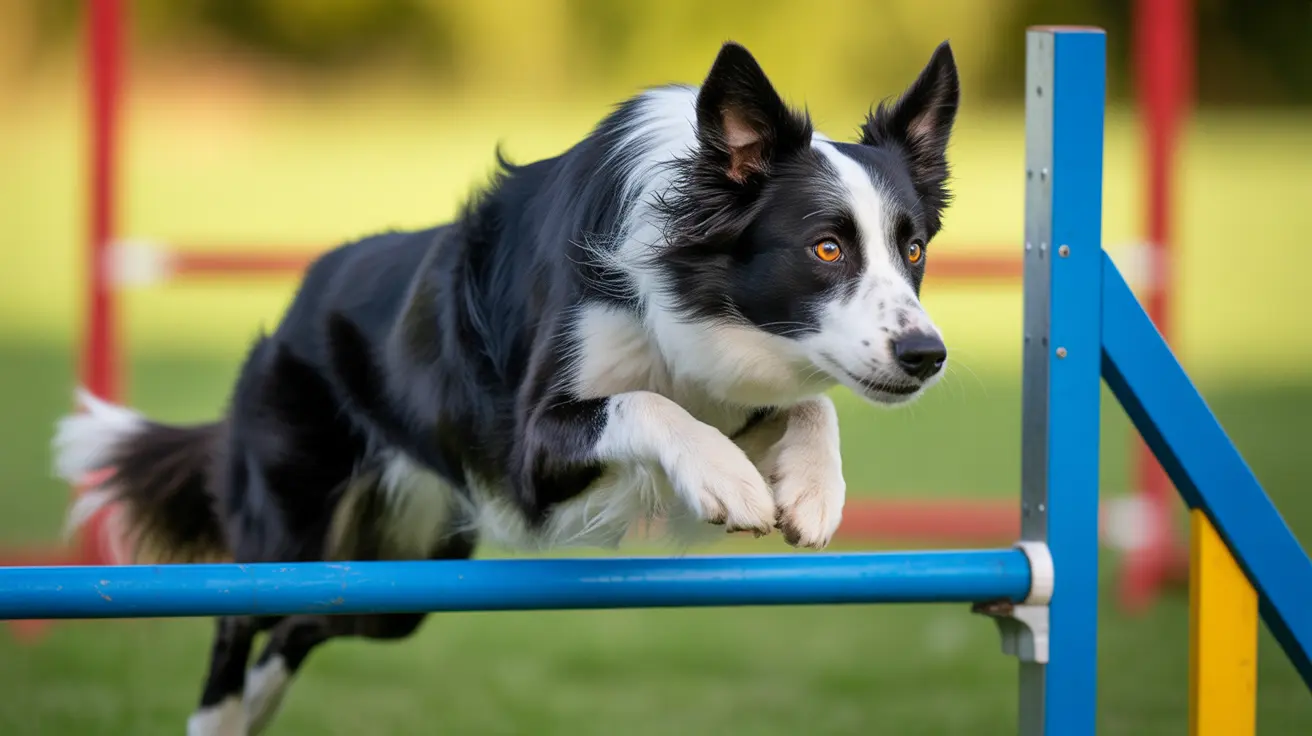If you've ever given your dog an ear rub, you've likely witnessed their expression of pure bliss. Many dogs instantly melt into a state of relaxation, eyes half-closed, possibly even letting out contented sighs. This common behavior isn't just about enjoying attention – there's fascinating science behind why dogs like their ears rubbed.
In this comprehensive guide, we'll explore the biological and emotional reasons behind dogs' love for ear rubs, the health benefits this simple act provides, and how to give your furry friend the most enjoyable ear massage experience.
The Science of Pleasurable Ear Rubs
Dogs' ears are packed with sensitive nerve endings that, when stimulated through gentle touching, send signals directly to the brain. These nerve endings are connected to various parts of the body through the vagus nerve, which explains why a simple ear rub can trigger a full-body relaxation response.
When you massage your dog's ears, their brain releases feel-good hormones including endorphins, dopamine, and oxytocin. This chemical cocktail creates feelings of pleasure and deepens the bond between you and your pet.
Physical and Emotional Benefits
Stress Relief and Relaxation
Regular ear rubs can help reduce anxiety and stress in dogs. The gentle stimulation activates the parasympathetic nervous system, which controls the body's "rest and digest" response. This natural calming mechanism can be particularly beneficial during stressful situations like thunderstorms or vet visits.
Bonding and Trust Building
Physical touch, especially around sensitive areas like the ears, helps build trust between dogs and their owners. The release of oxytocin during these interactions strengthens your emotional connection and reinforces positive associations with handling.
How to Give the Perfect Ear Rub
Reading Your Dog's Signals
Before starting an ear massage, always observe your dog's body language. Signs of enjoyment include:
- Leaning into your touch
- Relaxed facial expressions
- Slow tail wagging
- Settling into a comfortable position
Proper Technique
Start with gentle strokes at the base of the ear, working your way up to the tip. Use your fingertips to make small circular motions, paying attention to your dog's response. Some dogs prefer light touches, while others enjoy firmer pressure.
When to Exercise Caution
While most dogs enjoy ear rubs, there are times when you should be careful:
- If your dog shows signs of ear discomfort or infection
- When meeting new dogs who aren't familiar with you
- If your dog has a history of ear sensitivity
- During high-stress situations where touch might be unwelcome
Frequently Asked Questions
Why do most dogs love having their ears rubbed?
Dogs love ear rubs because their ears contain numerous nerve endings that, when stimulated, release feel-good hormones like endorphins and oxytocin. This creates a pleasurable sensation and promotes relaxation.
How do ear rubs help strengthen the bond between dogs and their owners?
Regular positive physical contact through ear rubs increases oxytocin levels in both dogs and humans, promoting emotional bonding and trust. This shared experience creates positive associations and deepens your relationship.
Can rubbing my dog's ears help reduce their anxiety or stress?
Yes, ear rubs can help reduce anxiety by activating the parasympathetic nervous system, which promotes relaxation and calmness. This can be particularly helpful during stressful situations.
How should I safely and effectively rub my dog's ears for maximum comfort?
Start with gentle touches at the base of the ear, using circular motions and gradually working up to the ear tip. Watch your dog's body language and adjust pressure and speed according to their preference.
What signs show that my dog does not like having their ears touched?
Signs that your dog is uncomfortable with ear touching include pulling away, pinned-back ears, growling, showing whites of their eyes, or becoming tense. If you notice these signs, stop immediately and consult a veterinarian to rule out medical issues.
Understanding why dogs enjoy ear rubs helps us provide better care and strengthen our bonds with our canine companions. Remember to always respect your dog's preferences and pay attention to their body language during any physical interaction.






